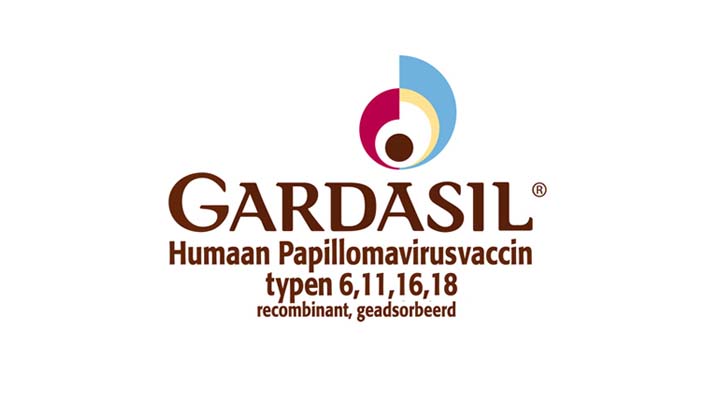Entire vaccination schedule may be contained in a single jab
(NaturalHealth365) The vaccination schedule for children has never been more complex, and controversy over its heavy schedule, with a rising amount of vaccine side effects putting the entire process into question by millions of people around the world.
However, now MIT researchers are working on an all-in-one vaccine that would deliver the entire schedule of childhood vaccines in one shot. This kind of thought process can only lead us to believe that greater health problems are on the horizon – if this “one shot invention” becomes a reality.
Normally, tetanus, diphtheria, polio, whooping cough, hepatitis and other vaccines get administered at eight, 12 and 16 weeks of age. The meningitis B vaccine is given at eight weeks, 16 weeks and at the one-year mark. A pneumococcal shot is delivered at eight weeks, 16 weeks and one year. Meningitis C and Hib are given at one year, and mumps, rubella and measles at one year and at three years and four months.
Can you imagine what it would be like to get all these toxic vaccines – at one time?!
Is this a ‘miracle’ or nightmare creation: 3-D micro-particle made of polymers that dissolve at different rates
One of the concerns about this vaccination schedule is the possible damage that administering so many chemicals can do in the first few years of life. Now, we have scientists working on a technology to deliver the whole works in just one shot.
A Massachusetts Institute of Technology team of researchers has designed a “micro-particle” that could combine all childhood vaccinations into one single jab. MIT engineers used 3-D fabrication method to develop a drug-carrying particle that facilitates timed release over months and even years after the initial injection.
But, this creation begs the question: what if the ‘time released’ feature of this jab doesn’t work? Will the vaccination materials get released into the body – all at once?
Vaccines for each time frame are housed in small containers made of polymers designed to break down and release their contents at specific time frames. As of now, the vaccination time release technology has only been tested on laboratory mice, not humans. Previous efforts had aimed to create a slow-release vaccine; however, the current technology would more closely mimic booster shots given on a traditional vaccine schedule.
Numerous risks with all-in-one vaccination, including toxicity and vaccine side effects
The research was funded by the Bill and Melinda Gates Foundation, major advocates of both vaccines and GMO foods. Those concerned about vaccine side effects are skeptical about this technology – and in some cases, downright frightened. What if a recipient has an allergic reaction and the time-released particles cannot be stopped?
Every physiology is different, and the researchers cannot be certain that the polymer vaccine containers will break down at the same rates for each person. What if certain vaccines are released earlier than anticipated, overloading a child’s system with too much of a potentially toxic substance?
Natural immune system boosters preferable to vaccines
The researchers envision creating a “library” of vaccines that they can mix and match for each recipient. There is a particular focus on using this all-in-one mega-vaccine on children in developing countries where “patient compliance is poor” and follow-up with boosters is low.
Vaccines, while beneficial in some cases, are clearly not for everyone. Vaccine side effects range from neurological disorders and autism to paralysis and death. Receiving a full vaccination schedule all at once leaves no room for adjusting the schedule.
Keeping the immune system strong with a healthy diet and the consumption of natural immune boosters like vitamin D, probiotics, vitamin C plus as many other antioxidants as possible is a much safer (and intelligent) choice.
Sources for this article include:















